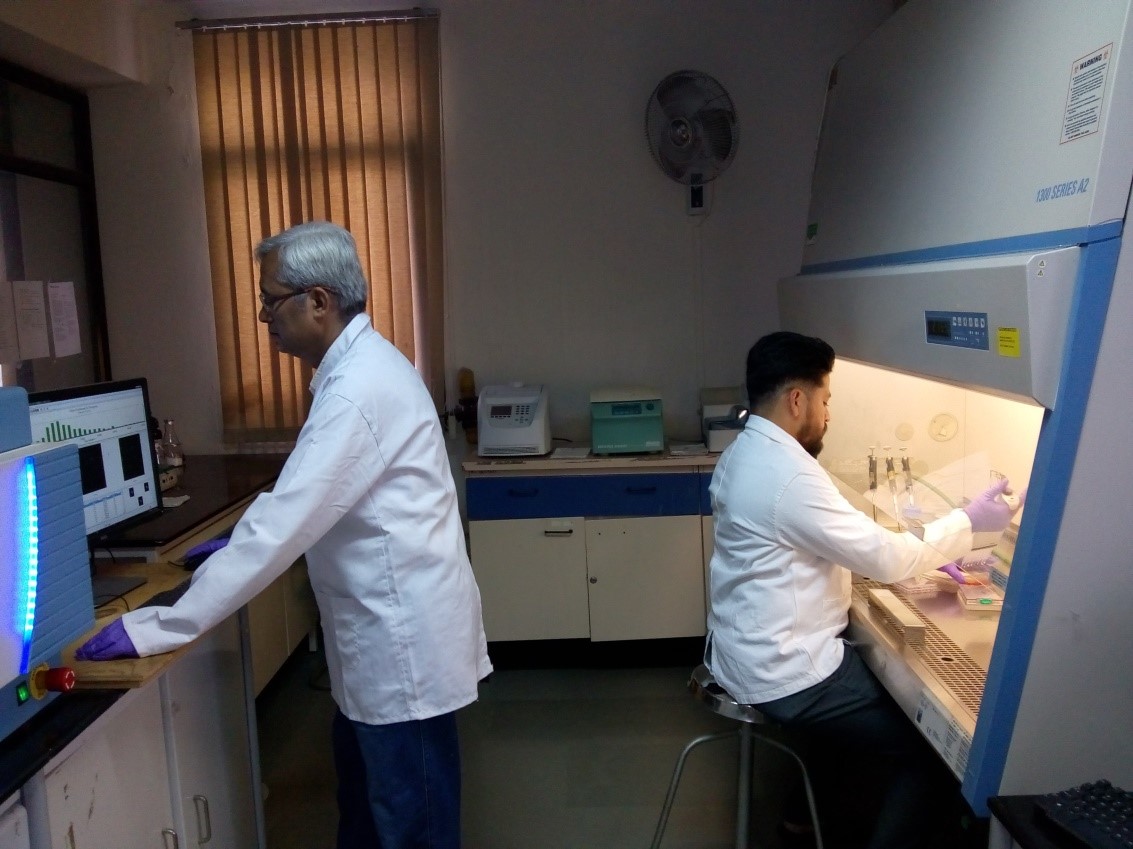
New Study Shows That Delhi’s Odd-Even Scheme Led to Increase in Emissions
- News
- 2K
There seems to be no early end to the debate on whether the odd-even scheme implemented by Delhi Government in January 2016 was a success or not.
A new research study, published in journal Current Science, indicates that the rule not only did not result in the reduction of vehicular emissions but had even led to an overall increase in their emissions. It has found that there was a significant increase in the median concentration of gases that were measured from air samples as chemical tracers for vehicular emissions.
The study has been done by researchers from the Ministry of Earth Sciences, India Meteorological Department (IMD), Indian Institute of Tropical Meteorology (IITM) and Indian Institute of Science, Education, and Research (IISER), Mohali,
The median concentration of 13 out of the 16 gases measured were higher in morning hours (7 am to 8 am) and afternoons (1.30 pm to 2.30 pm) on days when the scheme was implemented as against three random reference days before and after the fortnight-long odd-even campaign.
Speaking to India Science Wire, Dr. Vinayak Sinha, a member of the research team from IISER, explained that the higher concentration of gases was likely due to the fact that though there was a reduction in the number of cars, there was an increase in the number of other vehicles on the road: public transport buses, trucks, two wheelers, three wheelers as also CNG-operated cars that were exempted from the scheme.
A study by Council on Energy, Environment, and Water (CEEW) had found that the daily average number of vehicles increased by 10% during the odd-even period in January 2016 compared to last week of December 2015. The increase was attributed primarily to 17% increase in two-wheelers, 12% increase in three-wheelers, 22% rise in taxis and 138% rise in the number of private buses.
In addition, a large number of personal vehicle owners seemed to have opted to commute earlier in the morning and later in the evening, before and after the odd-even rule was enforced (from 8 am to 8 pm) to avoid penalty.
The study says “the odd-even rule may have resulted in traffic decongestion during peak hours, which may certainly have benefitted commuters. However, it must also be kept in mind that enhanced traffic emissions during times of the day when the dilution effect due to the atmospheric boundary layer is low (early morning before 8 .m. and at night after sunset) could lead to higher peak concentration exposure for several health-relevant carcinogenic VOCs (volatile organic compounds) such as benzene”.
Dr Sinha said the study looked at the concentration of chemical tracers that were specific for vehicle emissions and biomass emissions unlike many other studies which investigated the impact of the odd-even rule on ambient concentrations of nitrogen oxides, sulphur dioxides, ozone and particulate matter (PM10 and PM2.5), which are driven by multiple emissions sources.
The report suggested that in future arrangements be made for deploying systems for online measurement of VOCs at multiple strategic sites and webcams at sampling sites to get a better picture of the number and type of vehicles passing by. This would help address current uncertainties with regard to quantitative source apportionment of air pollutants.
Besides Dr. Sinha, the study team included Dr. B.P.Chandra, H.Hakkim, A.Kumar, H.Pawar, A.K.Mishra, G. Sharma, Pallavi, and S.Garg of IISER, Mohali, Sachin D.Ghude, D.M.Chate, Prakash Pithani, and Rachana Kulkarni of IITM, Pune, and R.K.Jenamani of IMD, Delhi. (India Science Wire)
By Sunderarajan Padmanabhan
For the latest Science, Tech news and conversations, follow Research Stash on Twitter, Facebook, and subscribe to our YouTube channel


